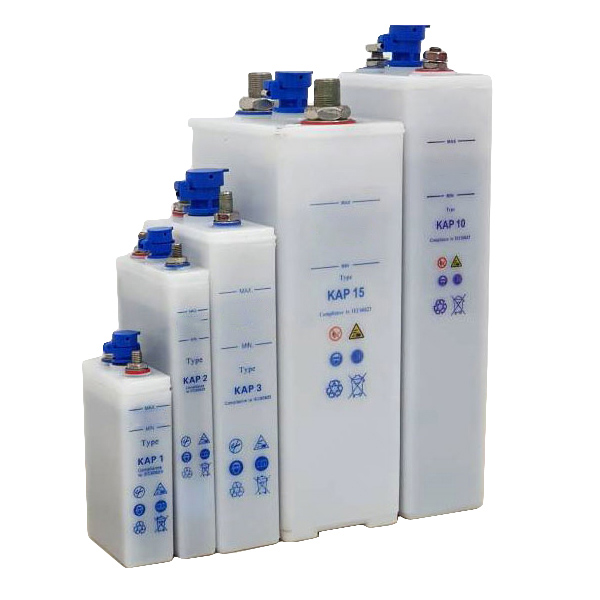Distinguishing between low-rate and high-rate nickel-cadmium (Ni-Cd) batteries involves understanding their specific design and application differences. Here are some key factors to help you identify whether a Ni-Cd battery is low-rate or high-rate.
1. Intended Use and Application
- Low-Rate Ni-Cd Batteries: These are designed for applications that require a steady, low current over a long period. Common uses include emergency lighting, backup power supplies, and low-drain electronic devices.
- High-Rate Ni-Cd Batteries: These are built for applications that require a high burst of current over a short period. They are typically used in power tools, RC vehicles, and other devices that require quick and powerful energy delivery.
2. Discharge Rate
- Low-Rate Batteries: Have a lower discharge rate (typically between 0.1C to 1C, where C is the battery capacity). They are optimized for long, slow energy output.
- High-Rate Batteries: Have a higher discharge rate (typically 5C or more). They are designed to deliver large amounts of current quickly without significant voltage drop.
3. Capacity
- Low-Rate Batteries: Often have a higher capacity (mAh) for their size, since they are designed to deliver smaller currents over longer periods.
- High-Rate Batteries: May have a lower capacity compared to low-rate batteries of the same size, as they prioritize high current delivery over long runtime.
4. Physical Design
- Internal Construction: High-rate Ni-Cd batteries are constructed with thicker, lower-resistance plates to handle higher current without overheating. They may also have enhanced cooling features or materials.
- Size and Weight: Although both types can be similar in size, high-rate batteries might be slightly heavier due to the more robust internal components designed to handle higher currents.
5. Labeling and Specifications
- Manufacturer Labels: Check the label for indications such as “High-Rate,” “High Discharge,” or specific application notes. The data sheet or manufacturer specifications will often detail the maximum discharge rate.
- Current Ratings: The maximum discharge current or “C-rate” will be listed in the technical specifications. A higher C-rate indicates a high-rate battery.
6. Testing
- Performance Under Load: You can test the battery under load conditions. A high-rate battery will maintain its voltage better under high current loads compared to a low-rate battery, which may experience significant voltage drop.
7. Manufacturer’s Information
- Datasheets: Referring to the manufacturer’s datasheet or technical specifications will give you precise information about the intended discharge rate of the battery.
- Application Guides: Manufacturers often provide application-specific guidance, which can help you determine if a battery is designed for low-rate or high-rate discharge.
By examining these characteristics, you can distinguish between low-rate and high-rate Ni-Cd batteries.


